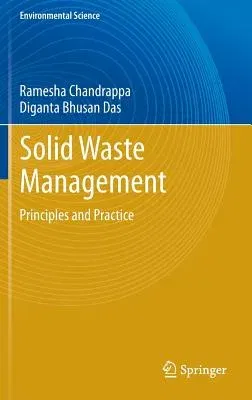Solid waste was already a problem long before water and air pollution
issues attracted public attention. Historically the problem associated
with solid waste can be dated back to prehistoric days. Due to the
invention of new products, technologies and services the quantity and
quality of the waste have changed over the years. Waste characteristics
not only depend on income, culture and geography but also on a society's
economy and, situations like disasters that affect that economy.
There was tremendous industrial activity in Europe during the industrial
revolution. The twentieth century is recognized as the American Century
and the twenty-first century is recognized as the Asian Century in which
everyone wants to earn 'as much as possible'. After Asia the currently
developing Africa could next take the center stage. With transitions in
their economies many countries have also witnessed an explosion of waste
quantities.
Solid waste problems and approaches to tackling them vary from country
to country. For example, while efforts are made to collect and dispose
hospital waste through separate mechanisms in India it is burnt together
with municipal solid waste in Sweden. While trans-boundary movement of
waste has been addressed in numerous international agreements, it still
reaches developing countries in many forms. While thousands of people
depend on waste for their livelihood throughout the world, many others
face problems due to poor waste management.
In this context solid waste has not remained an issue to be tackled by
the local urban bodies alone. It has become a subject of importance for
engineers as well as doctors, psychologist, economists, and climate
scientists and any others. There are huge changes in waste management in
different parts of the world at different times in history. To address
these issues, an effort has been made by the authors to combine their
experience and bring together a new text book on the theory and practice
of the subject covering the important relevant literature at the same
time.

